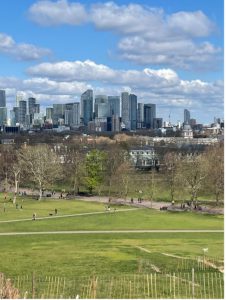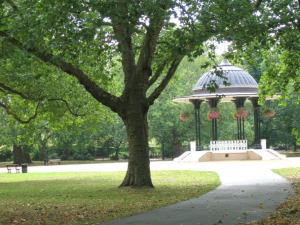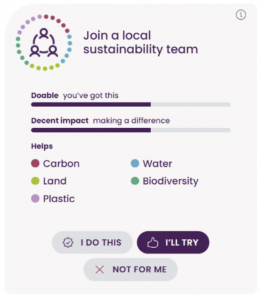“The truth about stories is that’s all we are.” (Thomas King, 2003)
“Data and factual information are crucial, but not enough to bring down the walls of numbness and indifference, to help us empathise with people outside our tribes. We need emotional connections. But more than that, just as we need sisterhood against patriarchy, we need storyhood against bigotry.” (Elif Shafak, 2020)
Climate change is often constructed as a purely physical phenomenon defined through metrics and targets, and requiring that we all reduce our emissions and limit global temperature rise. While understanding the physical processes of climate change is undeniably crucial, in the 60+ years we’ve been measuring atmospheric CO2 levels inaction has remained the norm, and many people continue to resist caring about an abstract and intangible phenomenon (particularly those who remain largely un-impacted by climate change). Indeed, these framings simplify complex realities by telling only half the story: climate change has both physical realities and cultural meanings and, to better engage people around this issue, we need to reframe it as such.
Climate change is an issue through which a plethora of “values, discourses and imaginaries are being refracted” (Mahony and Hulme, 2016: 395). Not only is it a manifestation of patterns of development and particular socio-environmental relations, but how we respond to the crisis is intimately linked to perceptions, understandings and ideologies. It is a social justice issue, linked to questions of gender, race, inequality, power and health (and the list goes on). It is therefore critical that we ask who creates mainstream knowledge (and by extension, who does not) and “what sorts of realities they aim to engender” (Castree, 2005: xxi). As with many crises, the climate crisis is destabilising the status quo and creating space for transformation and we must harness it as an entry point to understand and address this host of implications.
These ideas have long been echoed by activists, communities and social scientists around the world. Climate researcher Mike Hulme (2020: 311) argues that climate change “governance […] emerges best when rooted in larger and thicker stories about human [experiences].” Indeed, stories have the power to convey culture, history, values and emotions, and forge connections between people. Through storytelling, we have an opportunity to engage in wider and deeper conversations, to make sense of and reconcile differences, and to “[search] out meaning in a conflicted and contradictory world” (Cronon, 1992: 1375). Stories can also “counterpoint […] totalising, ‘grand’ narratives” (Cameron, 2012a: 580) and “re-situate hegemonic habits of mind” (Magrane, 2018: 167). In this sense, stories offer agency. Finally, as put by climate activist Alice Aedy, “storytelling can […] paint a picture of a better world [and] we have to visualise the world that we’re moving towards.”
Let us use this ‘wicked problem’ as an opportunity to question how we relate to each other and how we relate to the natural world, to consider which stories we choose to tell, as well as to recognise the stories of others and what we can learn from them.
Building upon these ideas, we will be sharing ‘Sustainability Stories’, highlighting the work and passion of individuals from across the King’s community. If you are passionate about any aspect of sustainability and would like to share your story, get in touch with us.


 .
. 





